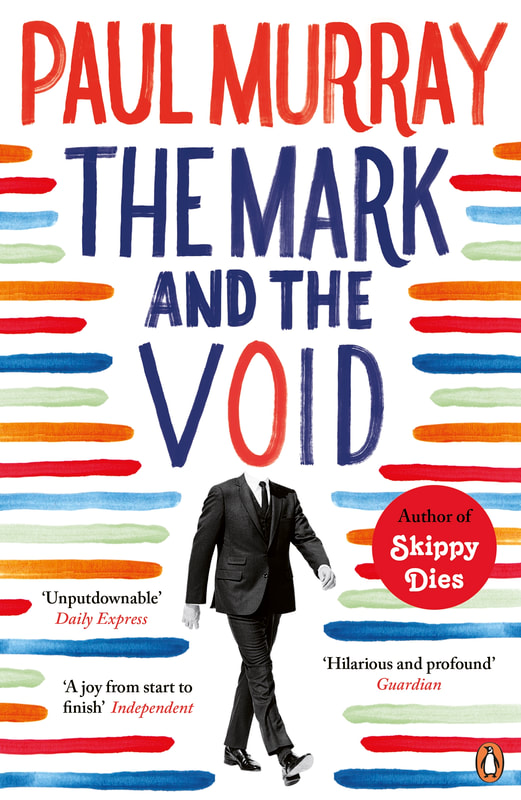I’ll get my main criticism out of the way, which is that the book is too long. It could have been cut by at least 150 pages without losing anything essential. This was mostly the plot about the bank, since there seemed to be a lot of talking about what was happening without much actually happening. More editing would have helped with that.
However, the book overall is very good. Paul and Claude’s story was developed nicely, becoming almost a buddy-comedy at times. It’s clear that Paul Murray has met a lot of writers, given how he portrays them in the book – there’s a dinner scene that really made me cringe. I also appreciated its metafictional side; it’s as much about writing and storytelling as it is about anything else.
What I really liked about the book is that it had something to say. In the story of Paul and Claude, Murray explores the difference between life and narrative, and whether it’s up to us or others how our story is told. While there is overt criticism of the banking system, he also shows the bank workers to be normal and human. They hate their jobs (most of them anyway), they know that what they’re doing isn’t really right, but do it anyway because it makes them a lot of money. Murray’s aim for the book must have been similar to Paul’s – to show the humanity of bankers – because it comes across very well.
So, while it’s not perfect, The Mark and the Void is one I’d recommend. It has likeable characters, lots of jokes, poignant moments, and some excellent writing. I haven’t come across many writers dealing as explicitly with the financial crisis as Murray does here, so in that respect it’s a valuable novel. Paul Murray has written two other novels, Skippy Dies and An Evening of Long Goodbyes, and judging by the strength of this I'm keen to check them out.

 RSS Feed
RSS Feed
